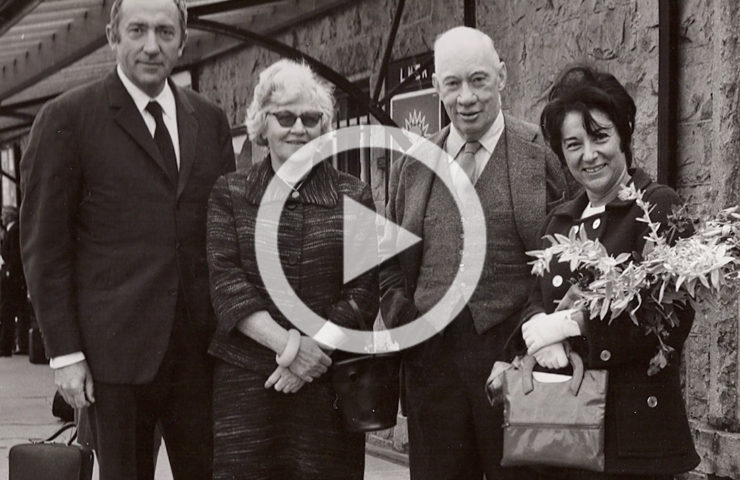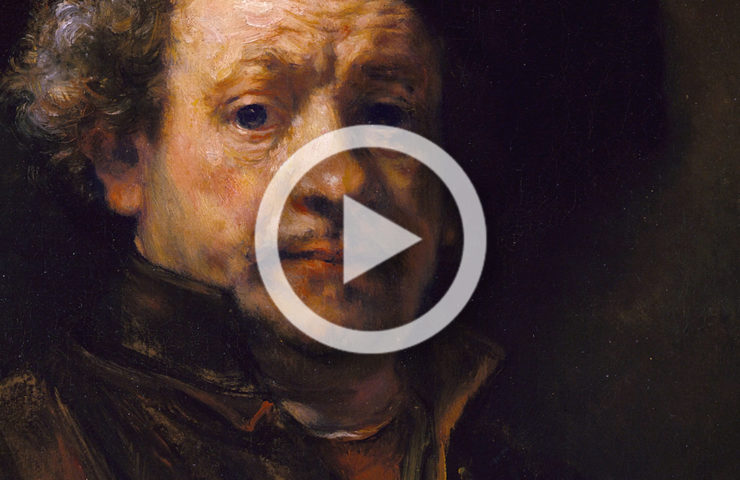Film 影像 | Pierre Soulages in 1953
Emilio Steinberger: ‘53 is a significant period because it’s after [James Johnson] Sweeney, who was the main curator of MoMA at the time, had visited Soulages for the first time. Had already introduced his work to Alfred Barr, who was the director of MoMA. And had also introduced Soulages to Sam Kootz, who would become Soulages dealer in New York. There are several paintings in 1953 that were sort of launching pads for Soulages to become this international star. He started in ‘46 and ‘47 because after the war materials were very scarce and he didn’t have money. He started making these smaller works on paper, not in oil because he couldn’t afford oil at the time. With these chestnut oils, in dark browns, and he was just making these marks that didn’t come from anywhere. It was really looking at cave drawings from thousands of centuries before, with these monolithic figures that were around them in the southwest France where he was born in Rodez. There are three paintings in this format, that are the same color scheme, the same format, and basically the same structures. And a bit earlier, there is a painting from 1948/’49 that belongs to the Museum of Modern Art, that Alfred Barr bought directly from Pierre.These paintings have an extremely strong relationship to this piece, which becomes almost the fourth of this series of works that he’s putting forth. All the same color, all the same idea of bringing light, and all in this grand format for him at that period.








